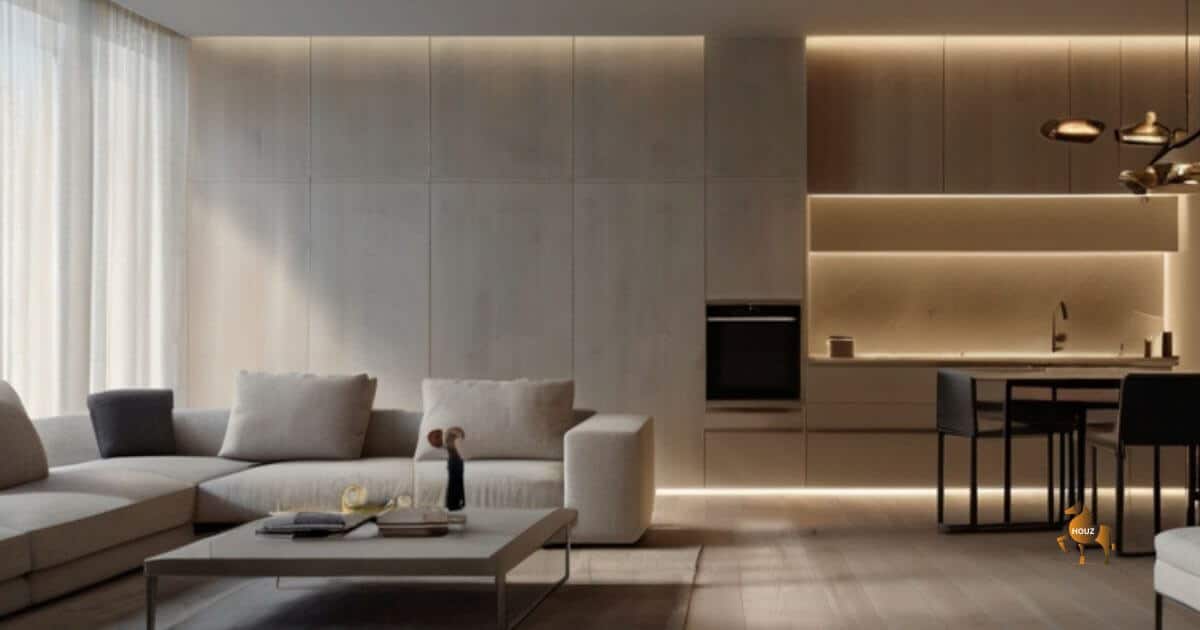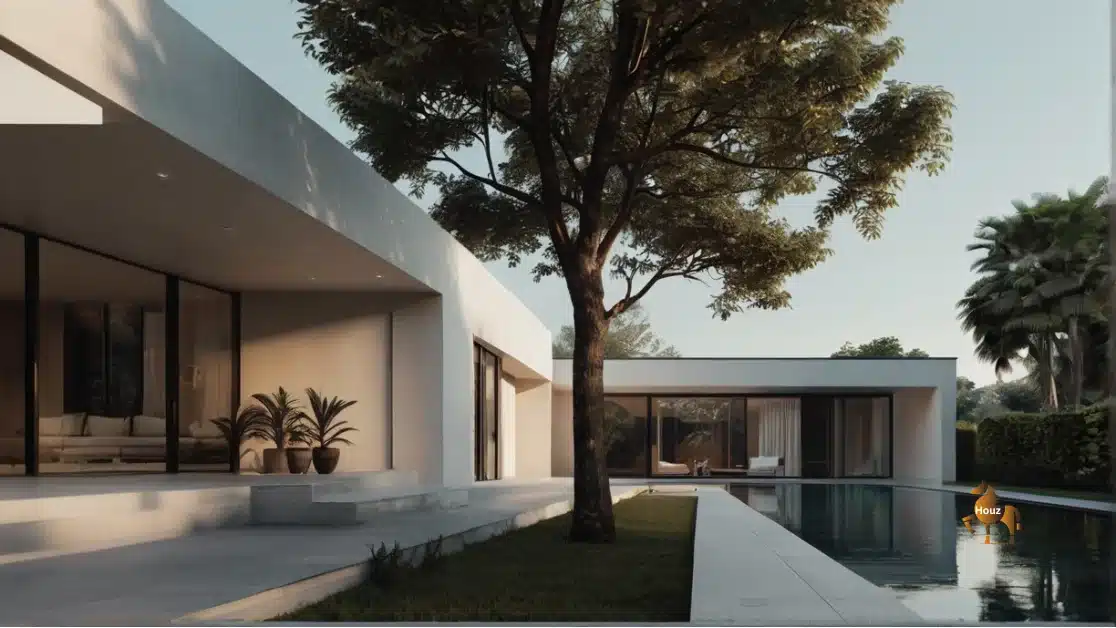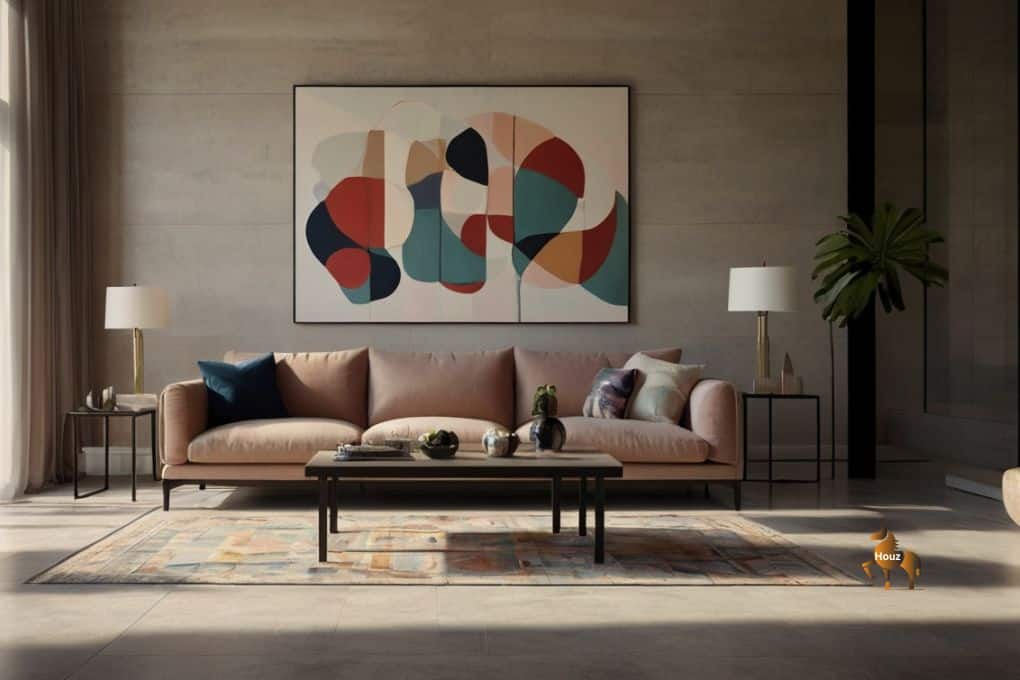The Art of Flow: Seamlessly Blending Architecture and Interior Design
Creating a Cohesive Living Experience
Imagine a home where every element, from the layout of the rooms to the placement of a throw pillow, feels like part of a harmonious whole. This is the magic that happens when architecture and interior design are seamlessly blended. It's not just about creating beautiful spaces; it's about crafting an environment that flows effortlessly, reflects your personality, and enhances your daily life.
Beyond Walls and Furniture: The Intertwined Nature of Architecture and Interior Design
Many people view architecture and interior design as separate disciplines. Architects, after all, are concerned with the structure and form of a building, while interior designers focus on the furnishings and finishes within. However, the most successful projects treat these fields as parts of a unified vision.
The Architect Sets the Stage
The architect lays the foundation for a successful interior design experience. They determine the flow of the space, the placement of windows and doors, and the overall feel of the structure. A well-designed floor plan creates a natural flow for movement, while thoughtfully positioned windows can maximize light and create a connection to the outdoors.
The Interior Designer Completes the Story
The interior designer takes the architect's blueprint and breathes life into it. They select materials, finishes, and furniture that complement the architectural style. They use lighting, color palettes, and textures to create a cohesive aesthetic that resonates throughout the space.
Examples of Flow in Action
Consider an open floor plan designed by an architect. The interior designer might echo the sense of openness by using low furniture and sightlines that draw the eye through the space. Conversely, a home with a traditional layout might benefit from strategically placed rugs and furniture groupings that define separate areas while maintaining a sense of flow.
In the following sections, we'll delve deeper into specific strategies for achieving seamless harmony between architecture and interior design.





Your article on blending architecture and interior design beautifully captures the essence of creating cohesive spaces. The integration of flow between these elements is crucial for achieving a harmonious environment. In Chennai, where traditional and modern styles often intersect, the art of seamless design is especially relevant. Focusing on how interiors in Chennai can bridge diverse architectural styles with thoughtful design choices offers valuable insights. The emphasis on maintaining a balance between aesthetic appeal and functionality is key to enhancing living spaces. Thanks for sharing these inspiring ideas that can transform how we approach interiors in Chennai!
ReplyDelete